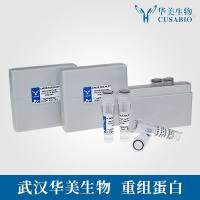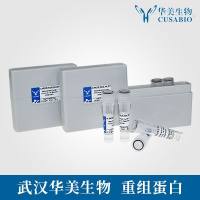Antibody-coated microprobes have been demonstrated to be useful for detecting the release of neuropeptide transmitters from
discrete sites in the central nervous system (CNS). This technique uses glass micropipettes taken through a series of chemical
coatings, starting with a γ-aminopropyltriethoxysilane solution and ending with the antibody specific to the peptide transmitter
of interest. The key to the reliability and repeatability of the technique is a uniform, even coating of the siloxane polymer
to the glass micropipette. The microprobes, as they are called following the completion of the coating process, are inserted
stereotaxically into a specific area of the CNS and the physiological intervention is performed. Tip diameters are around
5–10 μm and, depending on the length of the pipette inserted into the CNS, diameters of the pipette shaft will approach 40–50
μm. Once removed, the microprobe is then incubated with the radiolabeled peptide. Binding of the radiolabeled peptide will
occur to the antibody sites not occupied by the endogenously released peptide. The images of the microprobes on sensitive
autoradiographic film are analyzed for differences in the optical density along a specified length of probe. Areas of lighter
density signify sites along the microprobe where endogenous peptide was biologically released during the physiological intervention.
Knowing the exact location of the probe tip in vivo in the CNS permits identification of neurophysiological sites corresponding
along the length of the microprobe where the peptide was released.






